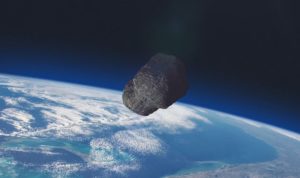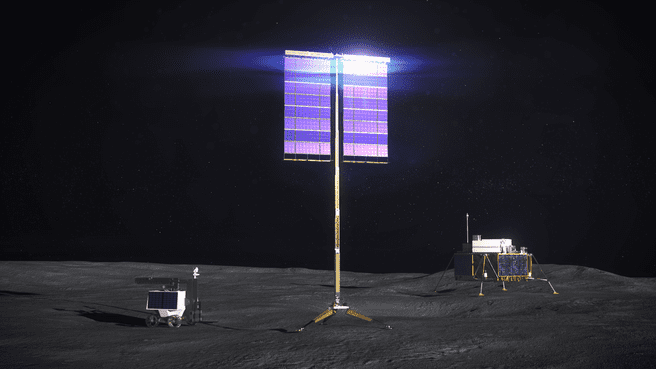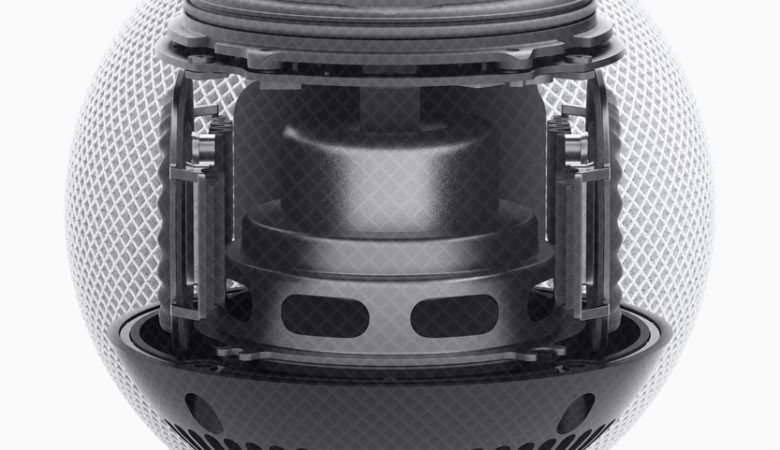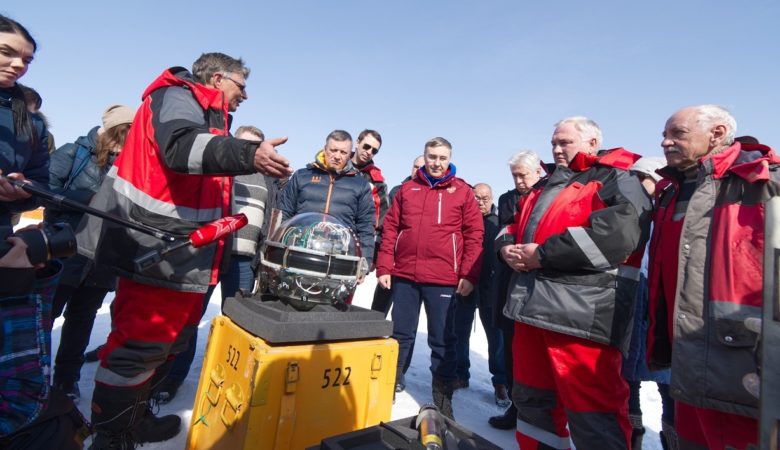An asteroid passed over the Indian Ocean this Sunday, August 16, at a speed of around 12 km / h. No asteroid had come close to Earth so close.

Year 2020 is of all records. At around 6 a.m. this Sunday, asteroid 2020 HQ passed very close to Earth, about 3,000 km above us. What to be worried about that the sky is falling on our heads?
New record for an asteroid
No one had seen it coming. This asteroid , which is between three and six meters long, has passed 2,950 km above the Indian Ocean, according to NASA. What constitutes a new record according to the American space agency. If it had crashed on Earth, it probably wouldn’t have done any damage given its small size.
The Californian Zwick Transient Facility telescope spotted it only 6 hours after its passage. NASA mainly monitors large asteroids that can threaten the Earth (more than 140 m long) but regularly spots small celestial objects of a few meters. They are almost invisible before grazing our planet because of their small size.
A worrying phenomenon?
As We recalls , another asteroid that no one had seen coming had already exploded in 2013, above the city of Chelyabinsk, in the Urals region in Russia. The blast on the ground caused by the explosion and the impressive shower of meteorite fragments had caused extensive damage, leaving nearly 1,500 injured. Several months later, many fragments of meteorites from this asteroid had been recovered from Lake Tcherbarkoul.
A few years ago, a meteorite was seen in Brittany and a Rennes surveillance camera was able to capture its passage in the sky. But no damage had been observed. The number of small celestial objects that graze or crash into Earth is estimated at several thousand per year. Some weigh only a few grams and mostly explode over sparsely populated areas.
According to NASA, an asteroid will graze the Earth next September . It is “only” 49 m long and will pass 71,805 kilometers from us. Much less close to Earth than that of August 16, but close enough for NASA to consider it ” potentially dangerous “.











